If you’ve never heard of Anna Ancher, you’re not alone. While she is one of Denmark’s most celebrated artists, she’s still relatively unknown in the UK.
This autumn, our new exhibition, Anna Ancher: Painting Light, will introduce British audiences to her luminous paintings, works that still feel astonishingly modern today.
Here are ten things you should know before you step into her world:
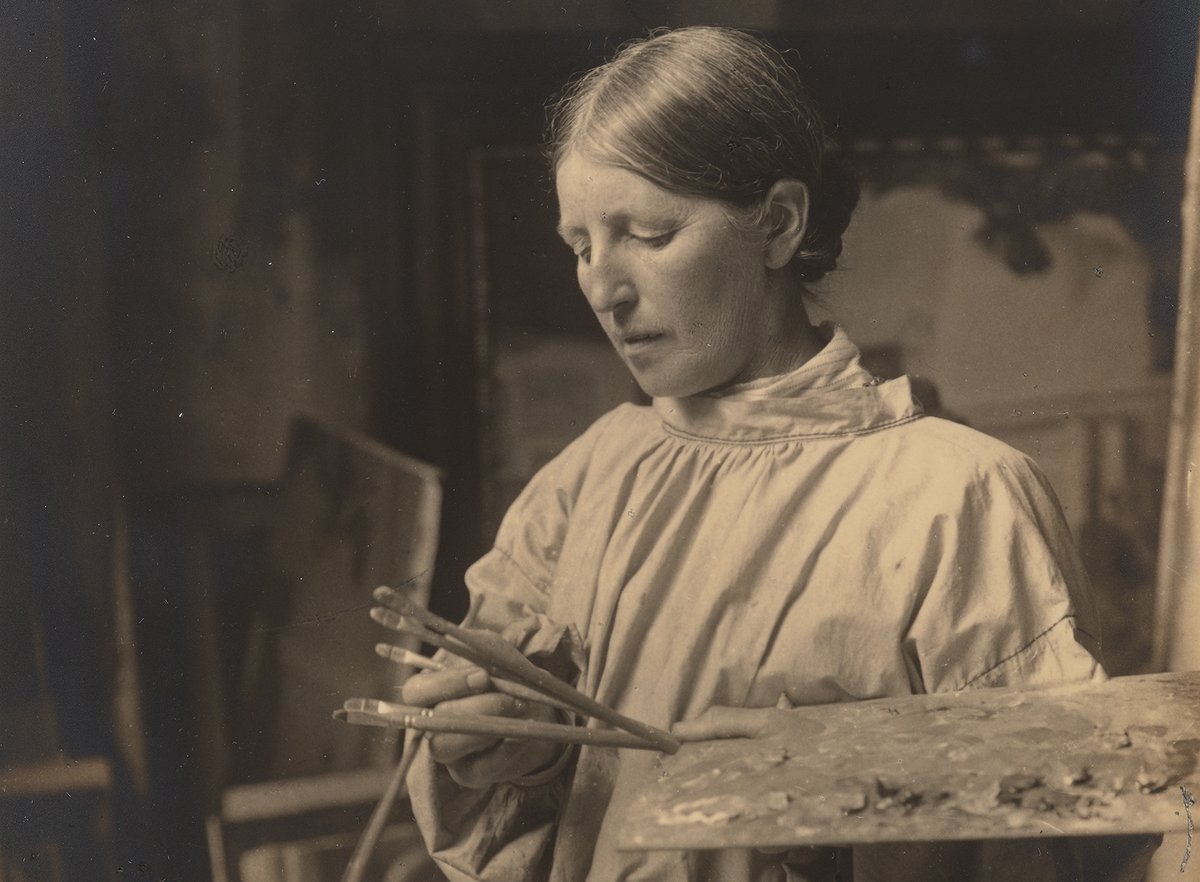
She was the only Skagen artist born in Skagen
Anna Ancher grew up in Denmark’s northernmost town, Skagen (pronounced Skay-en). While artists flocked there in the late 19th century, she was the only member of the group who could truly call it home.
Skagen is at “Denmark’s remote corner”
Skagen sits on a spit of land where two seas meet — the Skagerrak and the Kattegat. It’s a place of sweeping dunes, heathland, wild light and salty winds. In the 19th century, it was so remote that you had to travel by train or boat to Frederikshavn and then take a horse-drawn coach to reach it.
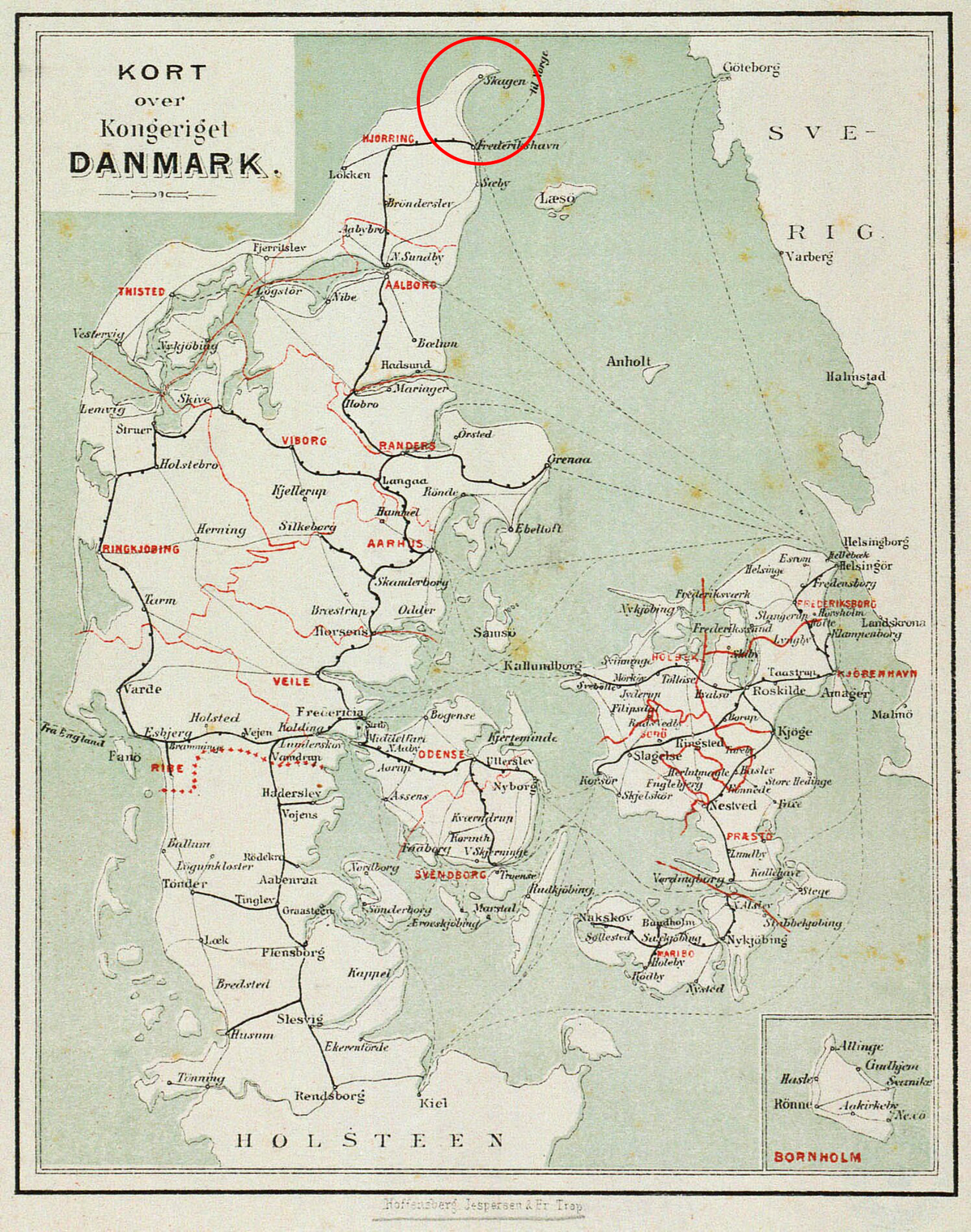
Hans Christian Andersen thought it was magical
Yes, that Hans Christian Andersen. Better known for his fairytales, Andersen visited in 1859 and described Skagen as “the desert between two roaring seas” and a place where painters would find endless inspiration. Artists took his advice and Anna grew up in this unique environment.
Her parents ran the town’s only hotel
Anna’s family owned Brøndums Inn, the central hub of Skagen life. Since it was the only place for visitors to stay, artists gathered there for meals, conversations, and late-night debates.
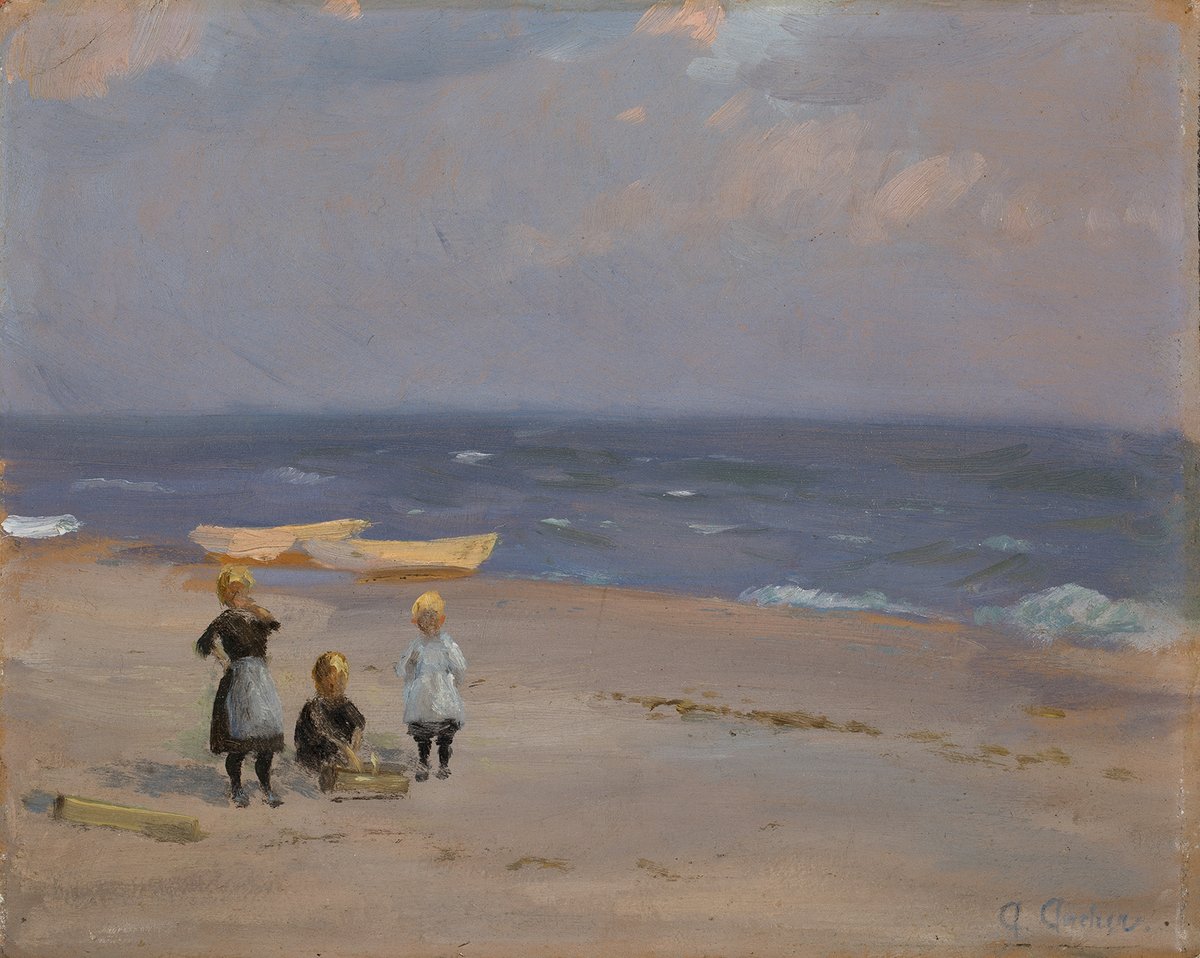
She trained despite the odds for women
In the 1870s, women were barred from Denmark’s official art academy, so Anna studied privately in Copenhagen instead. Even after she married fellow painter Michael Ancher and had a daughter, she refused to give up painting. She decided to ignore the duties of a housewife her teacher had advised her to focus on.
She helped shape the Skagen artist colony
The group that gathered in Skagen included P.S. Krøyer, Holger Drachmann and her husband Michael. They became known as the Skagen painters. Anna was at the heart of this lively circle, both socially and artistically. Their portraits of one another still line the walls of Brøndums dining room today, with Anna and Michael placed right in the middle.
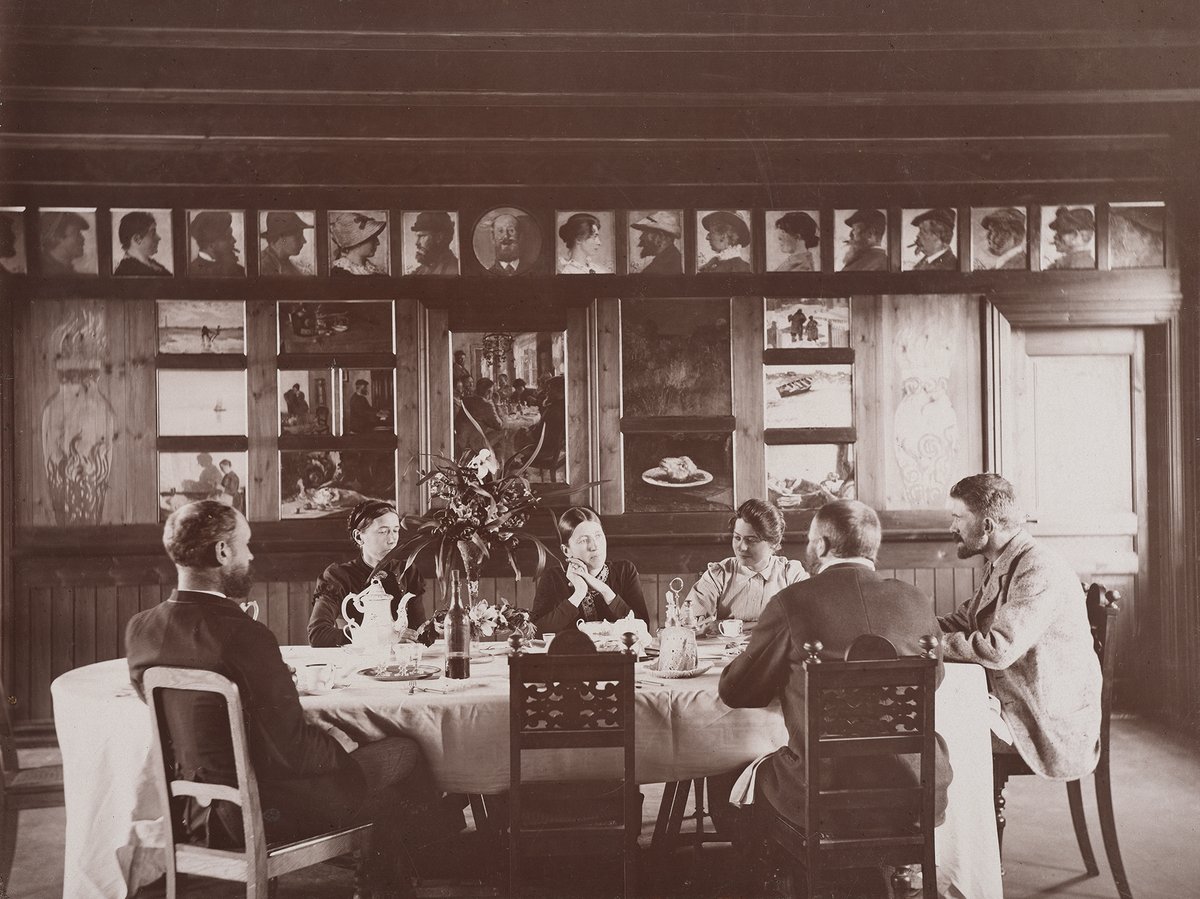
She turned the home into an artistic subject
Where other painters went out into the dunes, Anna turned indoors. She painted glowing interiors of her family’s inn and her own home, often using her relatives as models. Far from being confined by domestic subjects, exhibition curator Helen Hillyard argues that she transformed them into radical studies of light and colour.
She made light her medium
Anna’s true genius lies in her treatment of light. She captured sunbeams spilling across walls, the golden glow of a lamp and subtle shifts in daylight. In some works, her experiments verge on abstraction and are so modern they almost anticipate 20th-century expressionism.
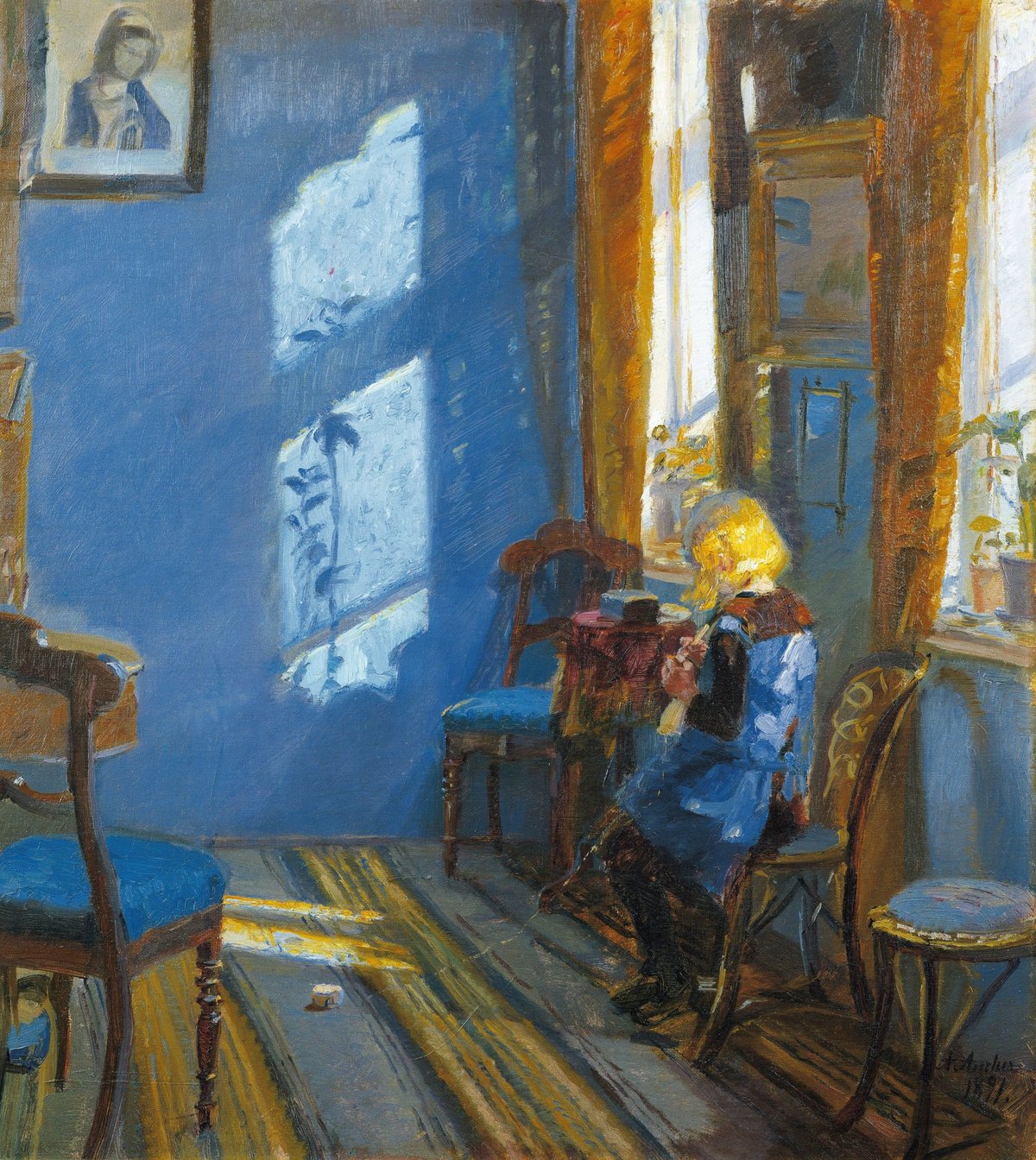
She balanced tradition and modernity
Raised in a deeply religious household, Anna often painted scenes of faith and spirituality. Yet she was also a cosmopolitan traveller and a pioneering modern woman. Her art reflects a tension between the pull of old beliefs and new freedoms.
She is Denmark’s most famous female artist
Anna Ancher carved out a career at a time when women artists were rarely taken seriously. Today she is celebrated as one of Denmark’s greatest painters and not just as a woman artist, but as an artist whose radical vision continues to inspire.
Anna Ancher: Painting Light
4 Nov 2025 until — 8 Mar 2026
Step into Anna Ancher's luminous world and discover why Denmark’s “painter of light” still feels so fresh, over a century later.